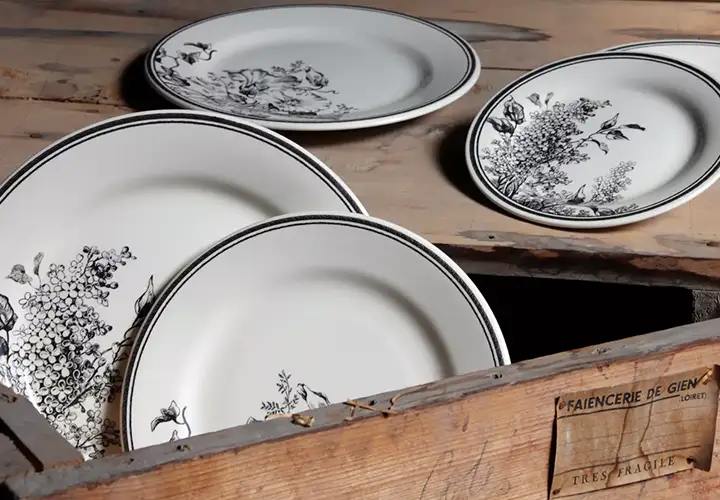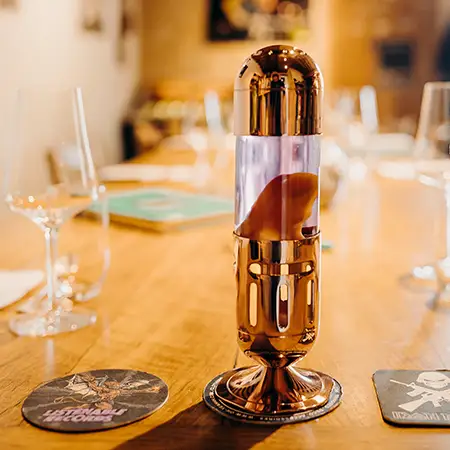Historical Landmarks: From the Romanesque Collegiate Church to the Basilica (12th–20th Centuries)
The decision to build a large canonical church in Beaune arose in the wake of Cluniacism. The canons began construction around the mid-12th century; the building was constructed from east to west and completed by the early 13th century. A fire in 1272 led to alterations: the Romanesque windows of the chevet were replaced by tall Gothic bays with tracery, supported by flying buttresses grafted onto the buttresses of the ambulatory. In the 14th century, the façade was preceded by an open porch (circa 1330–1340). Between 1580 and 1588, the Gothic spire was replaced by an imperial roof—an emblematic Renaissance element of the Beaune skyline. The church was classified as a Historic Monument by the famous 1840 list (and later added in 1926 for the convent building) and was granted the title of basilica in 1958.
Architecture: a great Burgundy Romanesque with Gothic accents
Notre-Dame features a nave with two aisles, a transept, and an apse-shaped choir with an ambulatory and radiating chapels. The vaults combine pointed barrel vaults, groin vaults, and pointed arches depending on the space. The exterior combines Romanesque elements with Gothic alterations, with the façade adorned with a gable, a rose window, and unfinished medieval bell towers. The Gothic porch (circa 1330-1340) illustrates the late Burgundian style.
The raised chevet and the imperial vault
At the chevet, the large Gothic windows installed after 1272 flood the choir with light and lighten the Romanesque mass. In terms of the silhouette, the replacement of the spire with an imperial vault at the end of the 16th century marks a stylistic transition visible from the surrounding squares.
Canonical complex
The basilica preserves canonical buildings: the cloister, chapter house, former sacristy, and the Chapel of Saint Michael (Nicolas Rolin’s private oratory). A seven-bay cloister gallery runs along the south arm of the transept.
Treasures not to be missed
The Tapestries of the Life of the Virgin (15th century)
Preserved in the choir, five remarkably preserved tapestries illustrate the Life of the Virgin (15th century). They are regularly exhibited to the public from April to October, at specific times (supervised access). A guided tour allows visitors to decipher their iconography, technique, and the context of their commission.
Chapels and Paintings
The chapels, added between the 13th and 16th centuries, house mural paintings (notably at Saint-Léger) and collections of furniture that mark the devotional route of the collegiate church.
Great Organs
The great organ – among the most renowned in Burgundy – has undergone several transformations and regularly enlivens the musical life of the basilica.
Plan your visit: opening hours, access, season
The Notre-Dame Basilica is located on Place Général-Leclerc, in the historic center, a few minutes of the Hospices. Access to the sanctuary varies depending on services and events; the tourist office publishes specific opening times for the tapestries (generally April → October, with dedicated afternoon and Saturday morning slots). In case of high attendance, waits are possible as tapestries are limited. Plan ahead if traveling during peak season (spring, summer, long weekends).
Combining heritage and gastronomy: lunch at La Ferme de la Ruchotte
Approximately 20–30 minutes from Beaune (towards Bligny-sur-Ouche), La Ferme de la Ruchotte offers a unique, locally sourced restaurant: entirely organic farm-to-table cuisine, poultry and vegetables raised/produced on-site, and a very personal take on haute bourgeois cuisine (the famous signature vol-au-vent). The restaurant – run by chef Frédéric Ménager – has been praised by the press. gastronomic and Michelin-starred chefs; reservations are essential, opening hours are limited. The ideal option to extend your visit to Notre-Dame with an authentic Burgundian culinary immersion.
Practical Tips for the Basilica of Notre-Dame de Beaune
Best times: Morning outside of services to photograph the interior; afternoon for the tapestries according to the calendar (April–October).
- Cloister & Tour: Allow time for the cloister and the surrounding canonical grounds, which complement your understanding of the church.
- Around the Basilica: The old town is home to cafés, wine cellars, and artisans; combine Romanesque/Gothic heritage with a discovery of the Côte de Beaune wines.
- Reservations: For La Ruchotte, plan ahead; the restaurant is popular and opening hours are limited (check the website for opening times).









